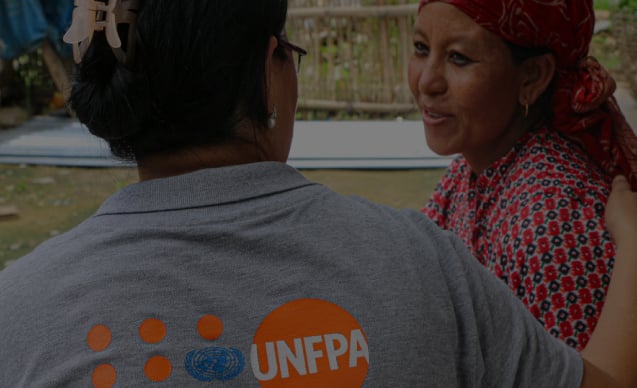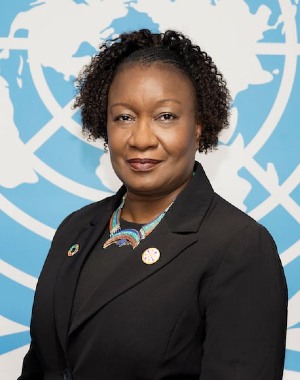Overview
UNFPA, the United Nations Population Fund, expands the possibilities for women and young people to lead healthy and productive lives.
UNFPA is the lead United Nations agency for delivering a world where every pregnancy is wanted,every childbirth is safe and every young person’s potential is fulfilled.
We are making great progress on the African continent. Since 1990, the rate of maternal deaths in Africa has almost halved, and the CARMMA initiative is helping to speed up progress. More women and men are better able to plan and space their children. Young people are more empowered in sexual and reproductive health and reproductive rights.
Yet there is much still to be done.
Globally, the region is the most affected by HIV, which remains a major contributor to maternal mortality. Women are particularly affected, young women more so. A contributing factor is gender-based violence, which remains widespread. There are high rates of pregnancy-related school drop-outs. The region also faces an unprecedented rise in the number of adolescents and young people. There is a high population growth rate, the result of a substantial decrease in mortality rates and high fertility in 15 countries.
This is why meaningful action is required in the areas of health – including sexual and reproductive health and rights (SRHR), family planning and HIV reduction – education and employment to make the demographic dividend work for economic growth and development transformation in the region.
How we work
UNFPA works to improve lives in 23 countries in East and Southern Africa. We work with governments and through partnerships with other United Nations agencies, civil society, regional economic communities and the private sector to ensure that no one is left behind.
Our Regional Office in Johannesburg, South Africa provides strategic support and technical expertize to colleagues in our 23 Country Offices and our partners who work on the ground to improve people’s lives. We provide policy advice, training and support.
We focus on impacting the lives of women and young people by empowering them. We seek to ensure that they enjoy universal access to reproductive health and realize their reproductive rights – including in humanitarian crises. We place gender equality and human rights at the heart of this.
We work to speed up progress on reducing maternal deaths, in order to accelerate progress on the ICPD agenda. And we invest in innovative approaches to contribute to young people’s adoption of healthy lifestyles.
We support countries’ development plans by helping governments gather and analyze their population data to better understand and plan for their demographic challenges, to ensure that each and every person can realise real improvements in their lives. In all this, we are working hard to ensure that countries reap the demographic dividend of which Africa now stands at the cusp.




